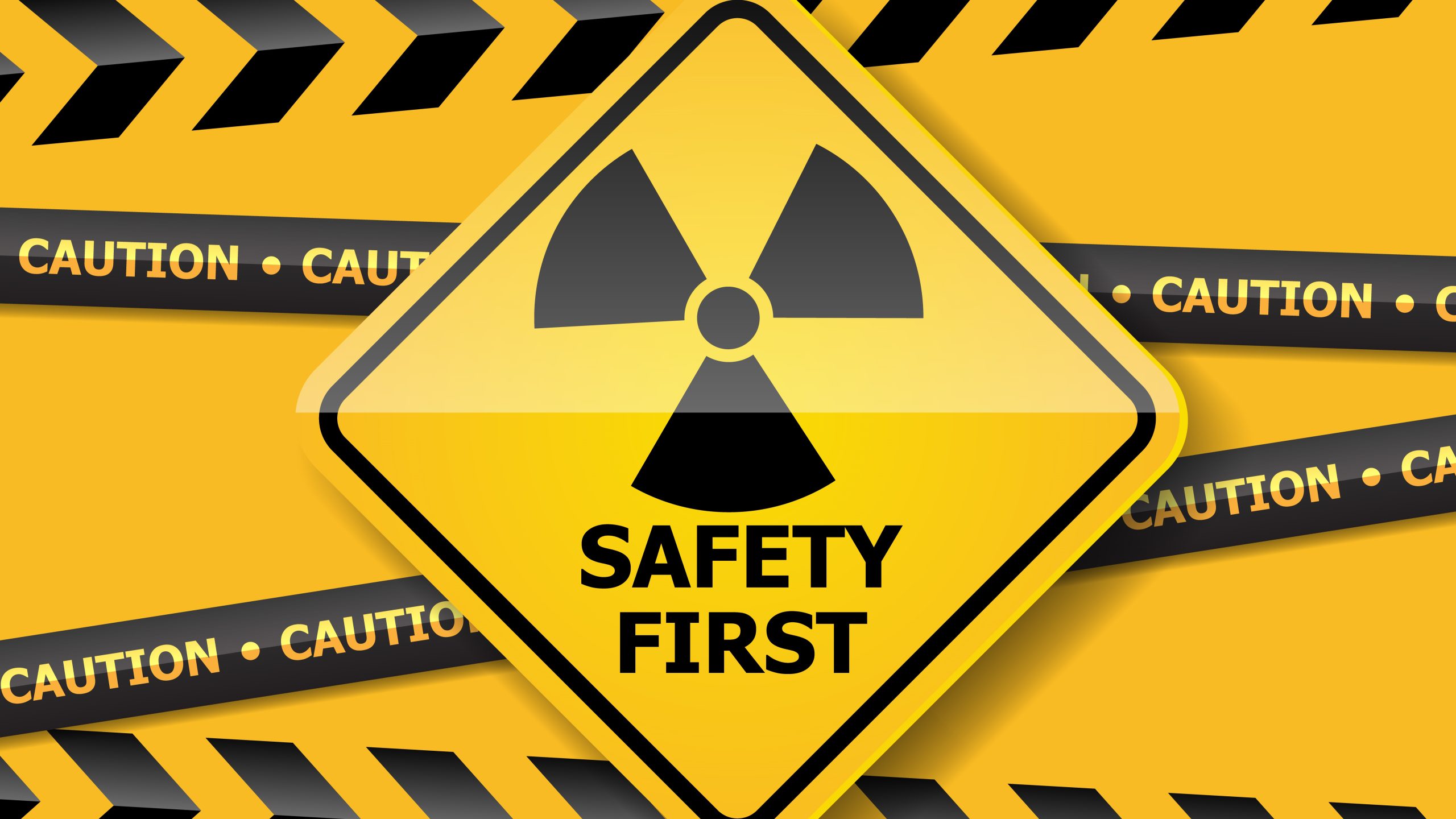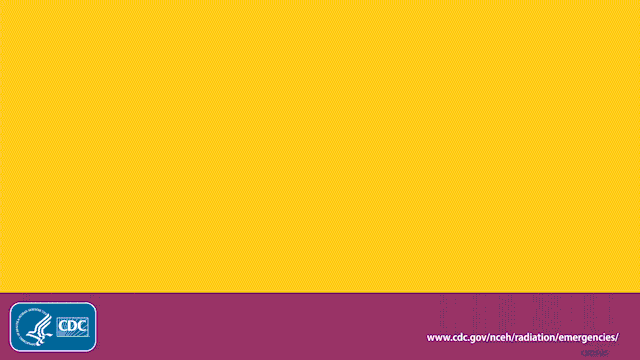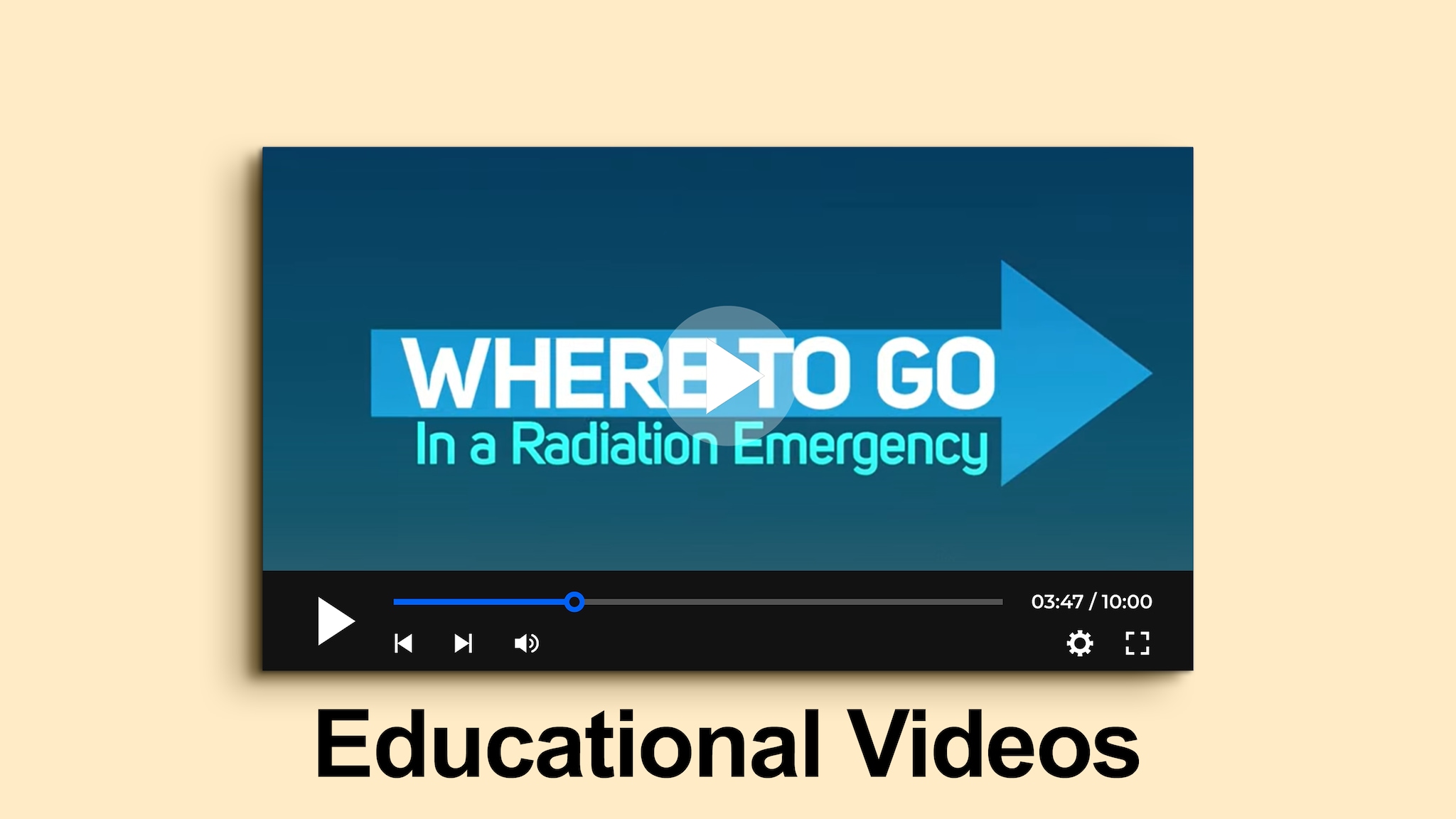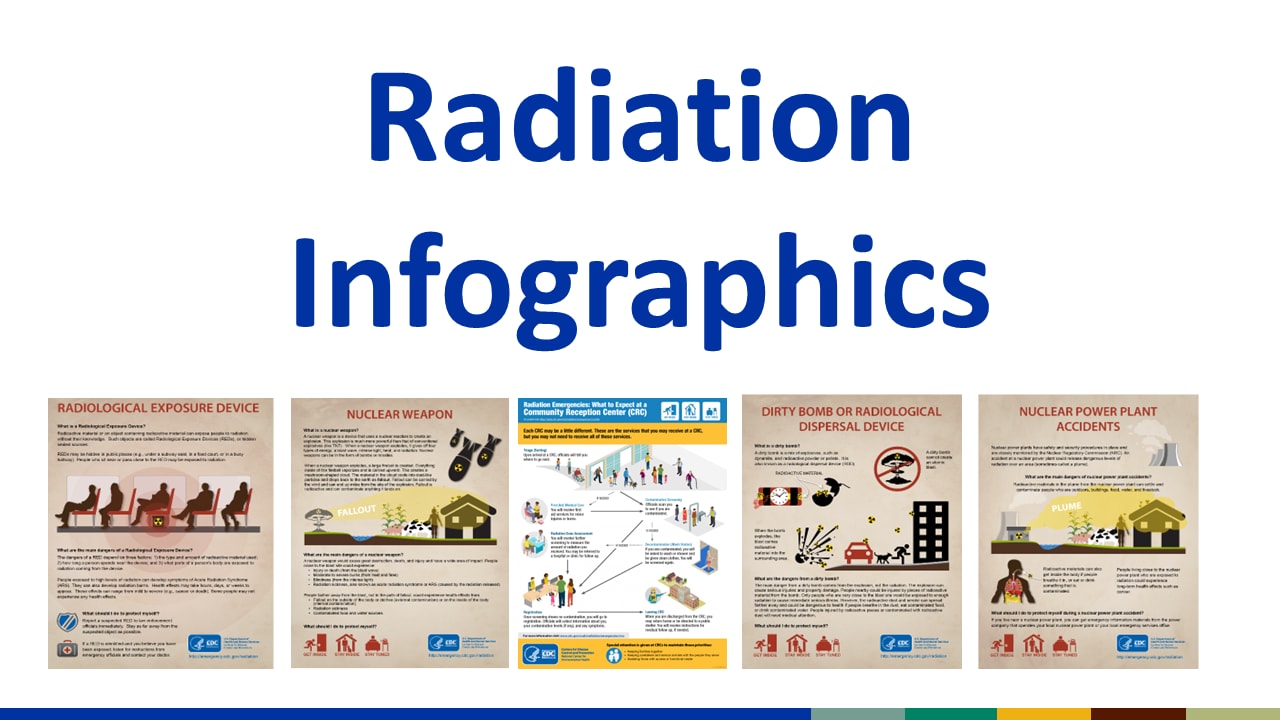We live in a seemingly chaotic world. We live in a troubled world full of troubled people. What was predictable until recently is now completely unpredictable.
More than ever before, we need to take care of ourselves and our loved ones. We learn and train self-care because it is clear that there is a time when we need to know how to take care of ourselves and our family members. Also with food production, with cooking, with self-supply of water, with fuel.
But the list doesn’t end there.
Humanity, among other things, obtains and uses nuclear energy – as an energy source. Unfortunately, nuclear energy is also used to arm countries, for war purposes.
In any case, it is right that we are sufficiently prepared to know and be able to properly protect ourselves in the event of such a need. It is good to read again, refresh your knowledge about the necessary self-protection for such a case. Of course, the countries have well-organized civil protection even for such extreme cases, but still, it is best to know that we can – if necessary, we can completely rely on ourselves. Let this post be a well-intentioned reminder to us all!
“Radiation cannot be seen, smelled, felt or tasted, but it is present in your everyday life, whether it is the small amount of radioactive elements that occur naturally in your body, the earth or air. But in a radiological emergency, such as a nuclear power plant accident or weaponized radioactive material, uncontained radioactive material can significantly increase the amount of radiation you receive to harmful levels. Plan ahead to minimize the time you are exposed to radioactive materials, maximize your distance from the source and shield yourself from both external and internal exposure.” (1)
“Always Be Prepared
Take these steps to be ready before a radiation emergency occurs:
- Create and share your emergency plans with your household.
- Build a disaster kit that is easily accessible. Check the supplies every six months to replace any expired items, such as medications, food and batteries. Also replace the water to keep it fresh.
- Have multiple ways to receive emergency alert information. A hand-crank or battery-powered radio is a great resource in case there is a power outage.
- Identify shelter locations near where you spend much of your time, including along your route to and from work each day. You may not be at work or at home when a radiation emergency occurs, so pay attention to potential shelters like the windowless center of multistory buildings, basements or tunnels. Contact your local government to find out if there are any public buildings in your area that are designated as fallout shelters.” (2)
Self – Preparing for a Radiation Emergency
Key points
- Radiation emergencies may be intentional (e.g., caused by terrorists) or unintentional.
- If a radiation emergency occurs, you can take actions to protect yourself, your loved ones, and your pets.
- The best way to protect yourself in a radiation emergency is to get inside, stay inside, and stay tuned.

Why it’s important
Radioactive contamination and radiation exposure could occur if radioactive materials are released into the environment as the result of an accident, an event in nature, or an act of terrorism. Such a release could expose people and contaminate their surroundings and personal property. Knowing the right steps to take in a radiation emergency can save lives and protect health.
Health Risks of Radiation Emergencies
Short-Term Health Effects
- Acute Radiation Syndrome: Happens when exposure to a large dose of radiation over the entire body occurs over a short time.
- Cutaneous Radiation Injury (CRI): Happens when exposure to a large dose of radiation causes injury to the skin.
Long-Term Health Effects
- Cancer: People who receive high doses of radiation could have a greater risk of developing cancer later in life, depending on the level of radiation exposure.
- Prenatal Radiation Exposure: It is especially important that pregnant people follow instructions from emergency officials and seek medical attention as soon as emergency officials say it is safe to do so.
- Mental Health: Any emergency, including those involving radiation, can cause emotional and psychological distress.
Keep Reading:Signs and Symptoms of Radiation Exposure
Possible causes
Radiation emergencies may be intentional (e.g., caused by terrorists) or unintentional. Below are some examples of different types of radiation emergencies.
Nuclear Emergencies
- A nuclear emergency involves the explosion of a nuclear weapon or improvised nuclear device (IND).
- The explosion produces an intense pulse of heat, light, air pressure, and radiation.
- Nuclear explosions produce fallout (radioactive materials that can be carried long distances by the wind).
Dirty Bomb or Radiological Dispersal Device (RDD)
- A dirty bomb (also known as a radiological dispersal device) is a mix of explosives such as dynamite, with radioactive powder or pellets.
- A dirty bomb cannot create an atomic blast.
- When the explosives are set off, the blast carries radioactive material into the surrounding area.
Radiological Exposure Device (RED)
- A radiological exposure device (also called a hidden sealed source) is made of or contains sealed radioactive material.
- REDs are hidden from sight to expose people to radiation without their knowledge.
Nuclear Power Plant Accident
- An accident at a nuclear power plant could release radioactive material over an area.
- Nuclear power plants have many safety and security procedures in place and are closely monitored by the Nuclear Regulatory Commission (NRC).
Transportation Accidents
- It is very unlikely that a transportation accident involving radiation would result in any radiation-related injuries or illnesses.
- Shipments involving significant amounts of radioactive material are required to have documentation, labels, and placards identifying their cargo as radioactive.
Occupational Accidents
- Radiation sources are found in a wide range of settings such as health care facilities, research institutions, and manufacturing operations.
- Accidents can occur if the radiation source is used improperly, or if safety controls fail.
Keep Reading:Main Dangers of Radiation Emergencies
Steps to take

and stay tuned.
Get inside
If you are outside or in a car when a radiation emergency occurs, get inside a building and take shelter as soon as you can. The walls of your home can block much of the harmful radiation. It is important to stay inside until officials provide instructions or say it is safe to go outside.
Stay inside
If you are outside when a radiation emergency occurs, get inside the closest building as soon as you can. If you are already inside, stay there and shelter in place.
Getting inside of a building and staying there is called “sheltering in place.” As soon as you get inside, decontaminate yourself (remove and wash radioactive material from your body). Even just removing your outer layer of clothing can remove up to 90% of radioactive material.
Once you get in a building, there are things you can do to stay safe inside. Always listen for additional instructions from emergency officials and radiation experts.
If you have loved ones in schools, day cares, hospitals, nursing homes, or other facilities during a radiation emergency, stay where you are. Going outside to get loved ones could expose you and them to dangerous levels of radiation. Children and adults in schools, daycares, hospitals, nursing homes, or other places will be instructed to stay inside until emergency responders know that it is safe to evacuate. Facilities have plans in place to keep everyone safe inside.
Stay tuned
It will be important to stay tuned once you get inside for updated instructions from emergency response officials. As officials learn more about the emergency, they will be communicating the latest information to the public. Television, radio, and social media are some examples of ways that you may receive information.
You should not leave your building or place of shelter until officials or emergency responders have said it is safe, unless you have a life-threatening condition or if the building is unstable.
Keep Reading: What to Do in a Radiation Emergency
Inside the home
In a radiation emergency, such as a nuclear power plant accident, a nuclear detonation or the explosion of a dirty bomb you may be asked to get inside a building and take shelter for a period of time instead of leaving. The walls of a building can block much of the harmful radiation.
Once inside, go to the basement or the middle of the building. Radioactive material settles on the outside of buildings, so the best thing to do is stay as far away from the walls and roof of the building as you can.
Because radioactive materials become weaker over time, staying inside for at least 24 hours can protect you and your family until it is safe to leave the area.
While inside, decontaminate yourself to lower your exposure to harmful radioactive material. Even just removing your outer layer of clothing can remove up to 90% of radioactive material.
- Take off your outer layer of clothing
- Wash yourself off
- Put on clean clothes
Keep Reading: What to Do: Stay Inside
Outdoors
If you are in a car, get inside a building right away. Cars do not provide good protection from radioactive material: If you can get to a brick or concrete multi-story building or basement within a few minutes, go there. But being inside any building is safer than being outside.
What to do in an emergency
In a radiation emergency, such as a nuclear power plant accident, a nuclear detonation or the explosion of a dirty bomb you may be asked to get inside a building and take shelter for a period of time instead of leaving. The walls of a building can block much of the harmful radiation. Because radioactive materials become weaker over time, staying inside for at least 24 hours can protect you and your family until it is safe to leave the area. Remember: Get Inside, Stay Inside, and Stay Tuned.
As officials learn more about the emergency, they will be communicating the latest information to the public. Television, radio, and social media are some examples of ways that you may receive information.
A battery-powered or hand crank emergency radio, preferably a National Oceanic and Atmospheric Administration (NOAA) weather radio is one of the best ways to stay tuned.
Depending on the size and scope of the radiation emergency, it may be difficult to complete a phone call. Try to use text messages if possible. If you have a computer, or web-enabled device that is working, email, social media are other tools that emergency officials may use for updates.
Myths and misconceptions
Below are some common myths and facts to disprove them.
- Myth: “There is nothing you can do to protect yourself from radiation exposure.” Fact: People can protect themselves from radiation exposure if they are in or around an affected area.
- Myth: “Even the smallest dose of radiation is not safe and will harm you.” Fact: We are all exposed to small doses of radiation as part of our daily lives and are not harmed by it.
- Myth: “Clinicians who treat contaminated people are risking their own lives.” Fact: There are ways clinicians can protect themselves from contamination while responding to patients in a radiological event. In most situations, the risk for exposure through a patient is low.
These and other myths are dispelled by CDC radiation experts in these online videos.
Resources
Find videos about different radiation emergency topics.
Feb. 12, 2024
Infographics that describe complex radiation-related concepts in plain language using illustrations.
Mar. 18, 2024 “
” End of Quote (1)
Source:
(1) CDC.GOV
(2) IN.GOV
Please, NOTE:
In Majda Ortan’s texts, I only state my personal reflections and my personal views. Dear readers, please take this into account! Thank you!

– RECOMMENDED FURTHER READINGS FROM OUR LIBRARY
- EXPOSED: HIGH RECOMMENDED: THERE IS NO CHANGE WITHOUT CHANGE
–YOU ARE KINDLY INVITED TO EXPLORE POSSIBILITIES FOR OUR MUTUAL BUSINESS COOPERATION – HERE! WELCOME TO CONTACT US AND TO ORDER!
–Kindly invited to folow me on LinkedIn and to join my LinkedIn community. Thank you, you are sincerely welcome.
–UNDER LINK: BUSSINESS CARD with SHORT INTRODUCTION AND OUR GENERAL OFFER! Kindly invited to order! You are sincerelly welcome!
–OUR SHORT INTRODUCTION AND GENERAL BUSINESS OFFER
–KINDLY INVITED TO DO BUSINESS WITH US AND TO ORDER!

–FIND MORE in OUR SHORT INTRODUCTION AND GENERAL BUSINESS OFFER
–KINDLY INVITED TO DO BUSINESS WITH US AND TO ORDER!

–FIND MORE in OUR SHORT INTRODUCTION AND GENERAL BUSINESS OFFER
–KINDLY INVITED TO DO BUSINESS WITH US AND TO ORDER!





